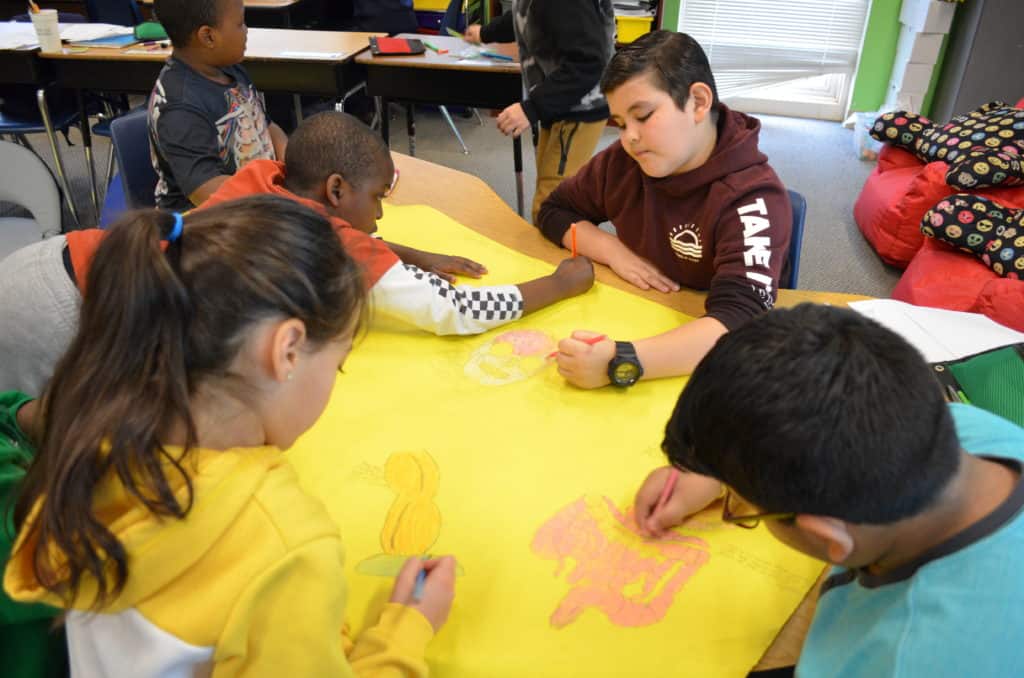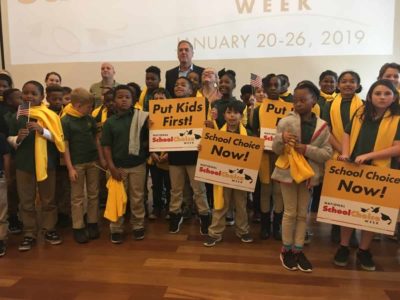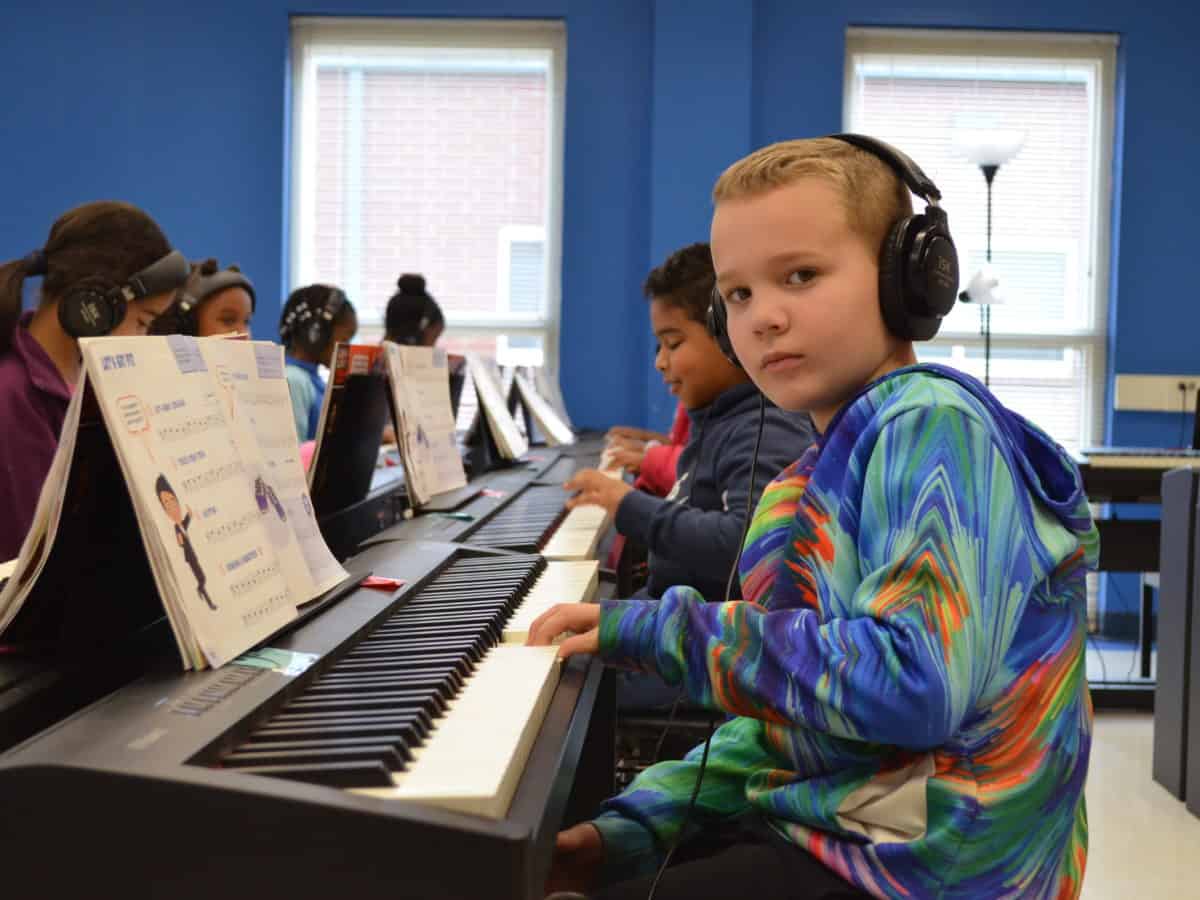
National School Choice Week is usually a time when you hear a lot about charter schools, opportunity scholarships, and other programs that take students out of the traditional public school environment.
But for Guilford County Schools, the week applies just as much to traditional public schools as any other.
The district puts out a choice catalog, where it lists all of its traditional public schools, magnet schools, schools for special populations, and more.
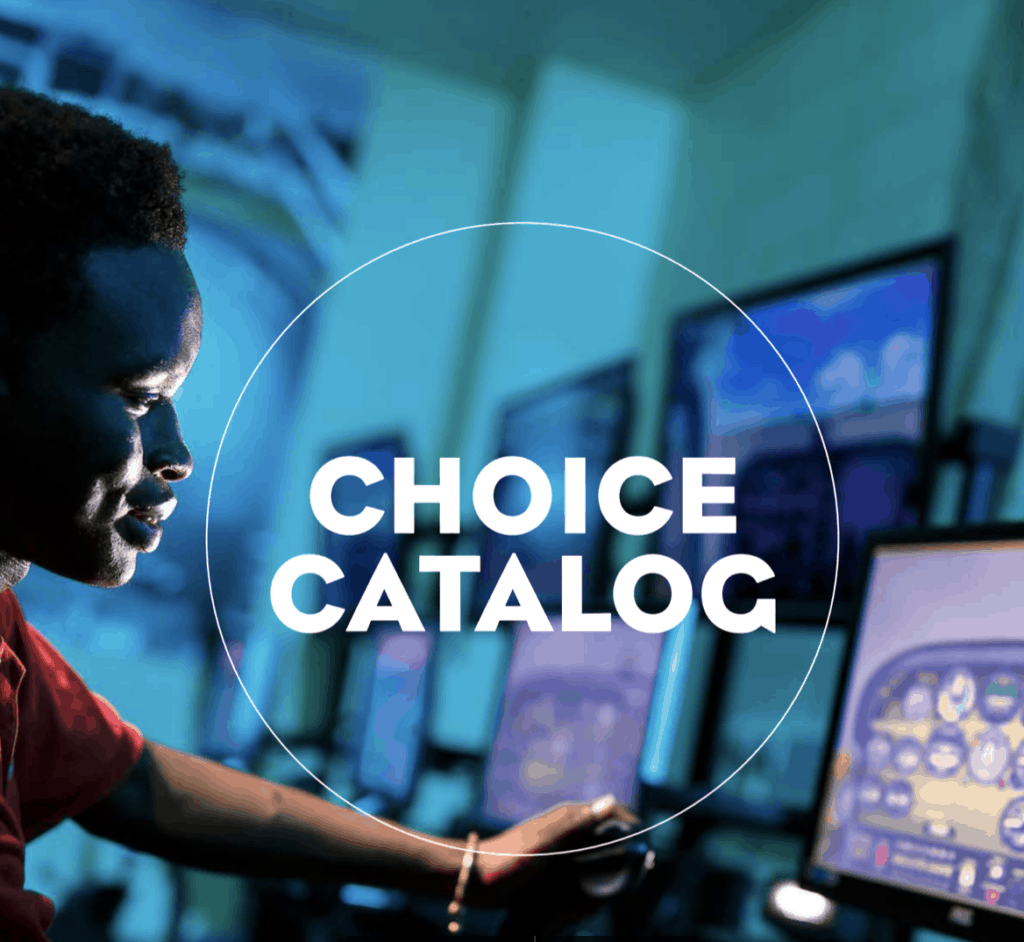
The catalog includes a message from district superintendent Sharon Contreras. She mentions Guilford’s 126 schools, including “45 choice schools with 54 programs with themes, such as performing arts, STEM, single-gender education, global studies, language immersion and International Baccalaureate.”
“Choosing a school is a personal decision, and I encourage you to use the information found in this catalog as a starting point,” Contreras writes. “Please visit your neighborhood school as well as the choice schools that interest you. The information on the pages that follow is color-coded to allow you to quickly see which schools will accept applications and which serve students from a specific geographic area.”
In the catalog is a listing for Jefferson Elementary, a traditional school. The listing describes it this way:
“Jefferson Elementary works in partnership with our families and community to empower our children to achieve academic excellence, accept responsibility and respect diversity in safe and caring ways.”
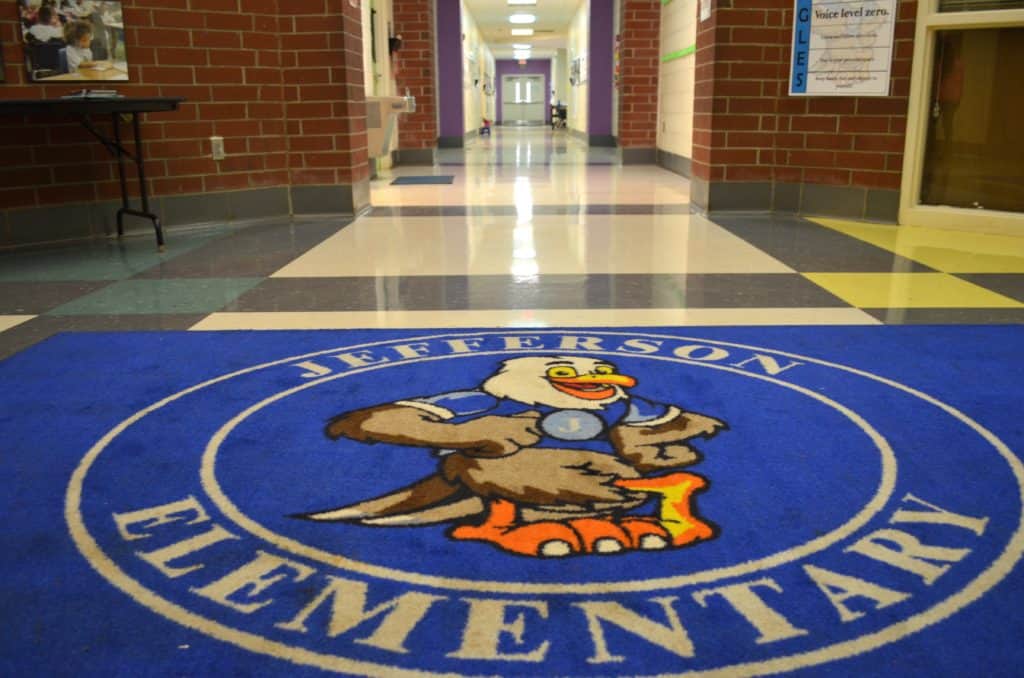
It goes on to list things the school offers, such as student council, STEAM club, chorus and art club. And it also details some points of pride for the school, such as the fact that it has exceeded or met expected growth for three years in a row.
The thing that comes up again and again in conversations with teachers or the principal of Jefferson is its diversity.
Susan Villarrubia, the principal, says Jefferson serves kids from more than 60 countries. The population is drawn from the surrounding area, including 13 apartment complexes. It’s a Title I school where about 70 percent of the students qualify for free-and-reduced-price lunch. Regardless, breakfast and lunch are free to all students through a grant.
Of a total of 696 students, Jefferson has 132 who speak English as a second language and 138 who receive special education, two full-time pre-Ks, two adaptive classrooms, and a full regional support classroom.
“We have diversity as far as academics, physical ability, mental ability … It’s a great mix,” Villarrubia said. “You get a little bit of everything.”
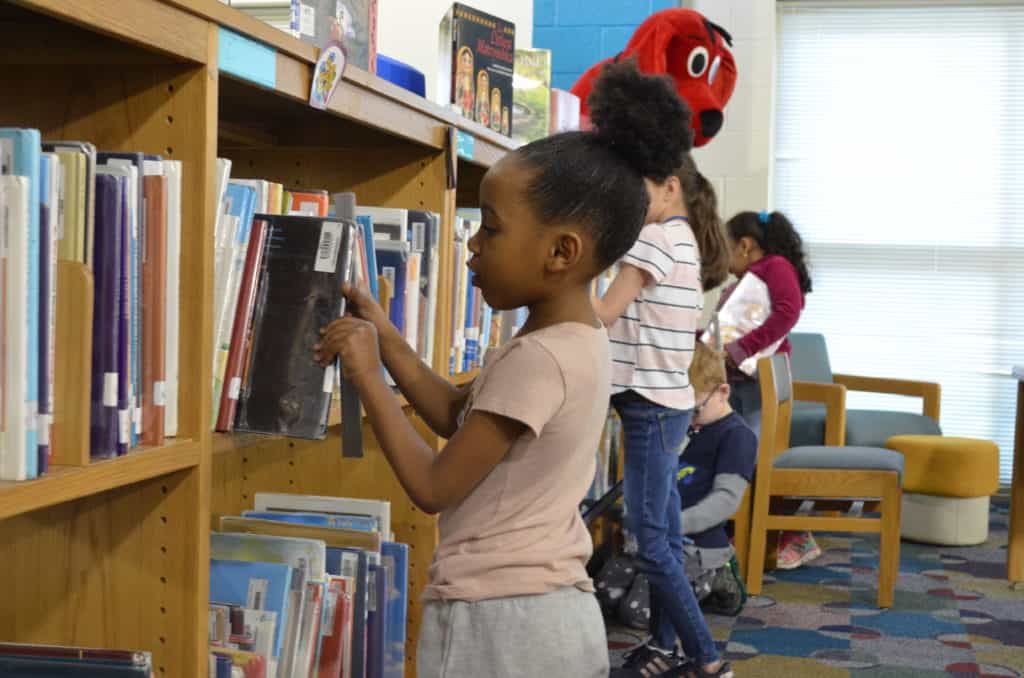
The school opened in 1999. At the time, it served mostly white, affluent neighborhoods, but that changed after about five or six years with redistricting.
Villarrubia said that past and the school’s location are challenging, because many people don’t realize that the school is a Title I school and has a population with unique needs.
“I have to do a lot of advocating for our kids because of where we sit,” she said.
She has spent the past five years working to build community support, reaching out to local residents and institutions for help. And it paid off. Right now, the school has about 30 volunteers who work in the school one hour a week. That’s a volunteer for every classroom.
Jefferson is an arts integration school. The school has an artist. Teachers attend five days of training over the summer to learn how to integrate such things as art, dance, theater, music, and drama into the core curriculum.
The school has drums, triangles, and a staff member who helps teachers at three schools to integrate arts into the classroom. The school has two full-time music teachers.
“Which is amazing,” Villarrubia said. “So we have a lot of things that some local schools don’t have.”
Villarrubia and one of her music teachers even got a grant to get 30 full-size electronic keyboards. Now students in grades 2, 3, and 4 have piano lab twice a week, in addition to a general music class for an hour.
Don’t worry, though. For those of you who grew up learning the recorder, Jefferson has that too. And ukuleles.
When it comes to a traditional public school like Jefferson, Villarrubia said that school choice still applies in a way.
“Being a parent of a 13- and 14-year-old, I’ve moved three times based on where I wanted my kids to go to school,” she said. “So there is some choice.”
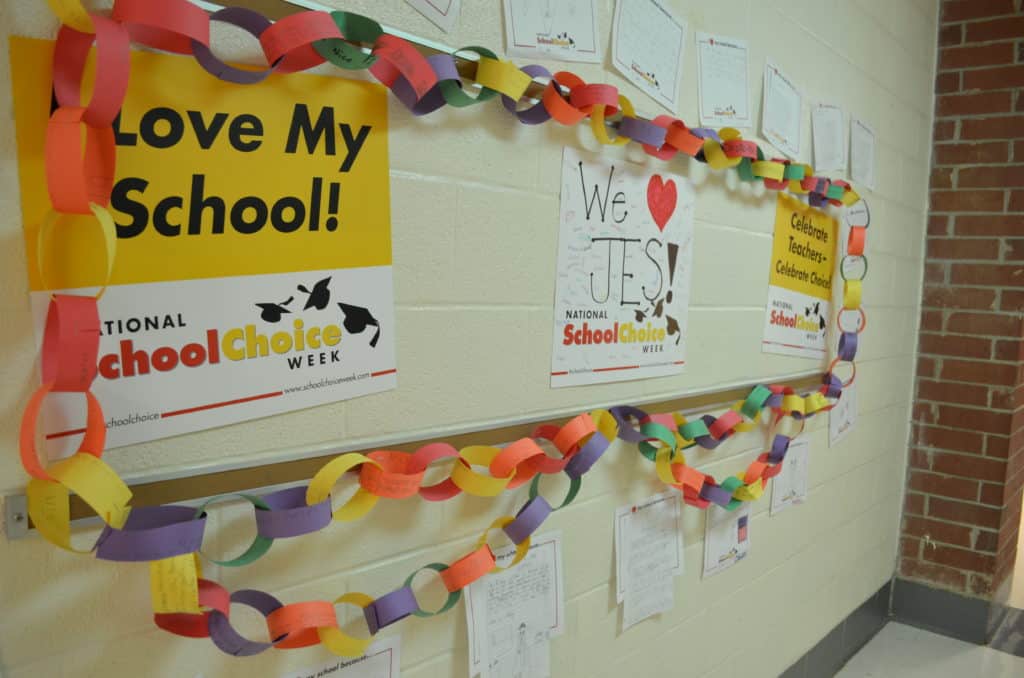
Regardless, she takes great pains to make sure that parents and students are happy to be at her school.
If parents are unhappy with a teacher, she will meet with them to talk about the issues. She’ll meet with the teacher and come up with a plan. After a few weeks, if it’s still not a good fit, she will move the student to another classroom. She can do that because she has at least five classrooms at every grade.
That’s something you can’t do at every level, but in elementary school, principals still have that flexibility, she said.
“I want them to be in school for a very long time, and if you don’t help them to love school now, it’s going to be really hard to learn to love school in middle school and high school,” she said.
Second-grade teacher Wendy Shelton has worked in the district for 15 years and has been at Jefferson for five. One of the things she says she likes about the school is its diversity.
“You have children who have parents who are lawyers, and you have children who have just arrived from other countries,” she said. “So I believe that the children get a really well-rounded education in how to accept others.”
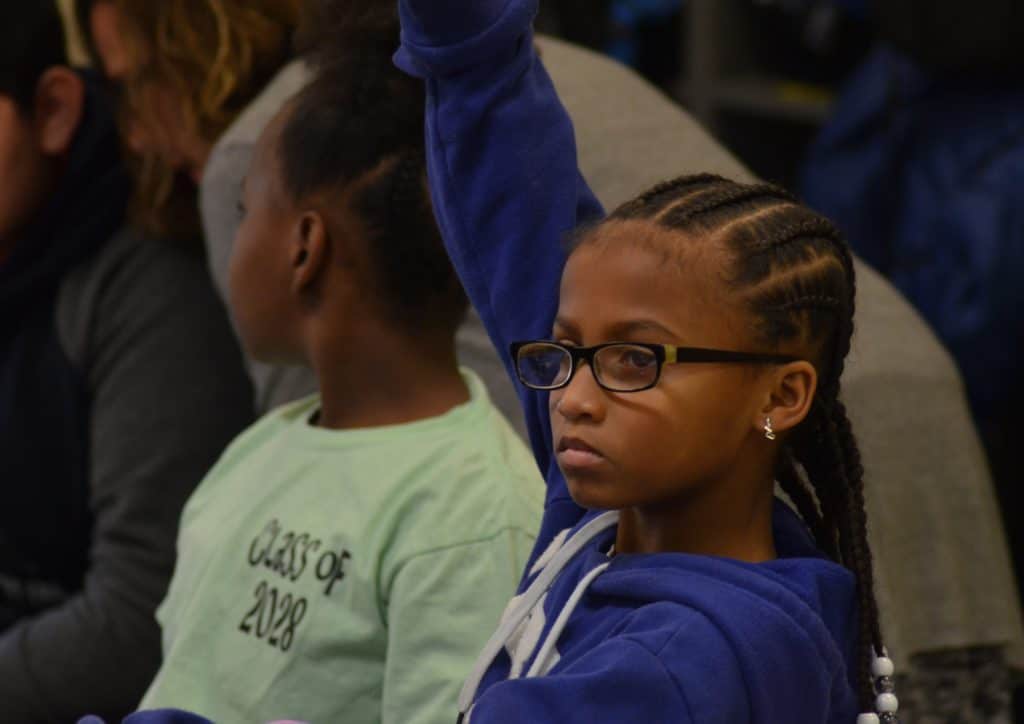
To her, school choice is giving parents the ability to make the right choice for their children. In the case of Guilford, she said, if a child wants to focus on art, science, International Baccalaureate, and more, a traditional public school can be that best option.
“That’s something you can find within the county, which is pretty spectacular because not all districts have the choices that Guilford County gives,” she said.
For Kelly Castevens, an instructional coach for second and third grade at the school, it’s the administration that makes the school special.
“I love Jefferson Elementary,” she said. “I love our leadership. Our administration team is amazing.”
She said the administration operates under a philosophy of distributive leadership, giving a lot of opportunities to teachers and helping them feel empowered.
For Villarrubia, all of her efforts come down to one thing: making sure students are happy.
“To me I tell our staff that elementary school should be like Disney Land,” she said. “This is our chance to get them to love school. As soon as they walk in the door, it should be their happy place.”
